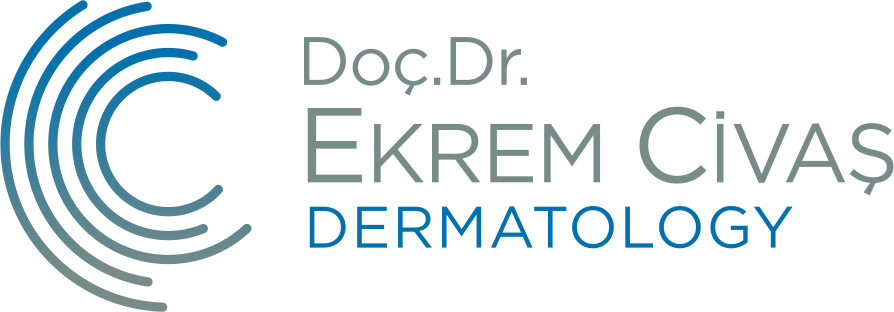Innovations in rosacea treatment, Laser and Botulinum toxin (Botox, Dysport) Treatment of Rosacea
Topical, intradermal Botulinum Toxin-A and laser light treatments are among today’s new Rosacea treatment options.
Treatment of Rosacea (Rozasea), which occurs as erythema, papules, pustules, telangiectasias, skin fibrosis and rhinophyma, is important not only for the quality of life of the patient, but also to avoid complications of blepharitis or conjunctivitis.
To date, dermatologists have been using topicals and systemic write essay service agents to treat chronic papulopustular rosacea and periodic dermatitis.
What are the new treatment options for Rosacea (Rozasea) today?
Laser and light treatments for rosacea;
Laser and light devices target the vascular forms of rosacea. Rozasea patients, where redness and vascularization are at the forefront, are suitable candidates for laser treatment. Your dermatologist will make the necessary additions about whether you are eligible for treatment and the need for additional drug treatment other than laser treatment.
Laser wavelengths used for rosacea generally include combinations of deep and superficial wave lasers.
Topical Ivermectin 1% cream;
It was approved by the U.S. Food and Drug Administration (FDA) for the treatment of rosacea in 2014, targeting topical ivermectin 1% cream, Demodex folliculorum and Demodex brevis treatment. Both parasites are accused of the etiology of Rozacea.
Researchers reported that in 2014, Ivermectin treated inflammatory lesions of papulopustular rosacea in the Journal of Dermatology Drugs, which reported that they effectively and safely treated 1% cream.
To brimonidine and Oxymetazoline;
The FDA also approved 0.33% gel of brimonidine to treat rosacea in 2013. The published guidelines recommend the use of topical brimonidine with topical ivermectin for the treatment of at least moderate diffuse repetitive papule-pustiles and redness and rosacea. Topical brimonidine is also recommended in combination with laser treatments to remove common permanent facial redness associated with rosacea in Clinical and Aesthetic Dermatology applications.
Oxymetazoline is a topical α-1 agonist. Treatment of permanent facial erythema in adult rosacea has been approved by the FDA. The cream form of 1% Oxymetazoline can be used to treat permanent, facial erythema associated with rosacea in adults.
Intradermal Botulinum Toxin-A (Botox / Dysport);
According to the Dermatological Therapy article, “It is an important treatment alternative for rosacea due to neurogenic vascular dysfunctions”. Botulinum toxin-A (Botox / Dysport) is thought to be effective by blocking the release of presynaptic acetylcholine and on vasodilation with acetylcholine.
Intradermal Botulinum Toxin (Botox / Dysport) injections have been shown to significantly reduce erythema on the face of patients with rosacea, according to a study published in the journal Dermatological Surgeon.
Although promising, more research is needed to confirm the effectiveness and safety of these new treatments in rosacea treatment.

